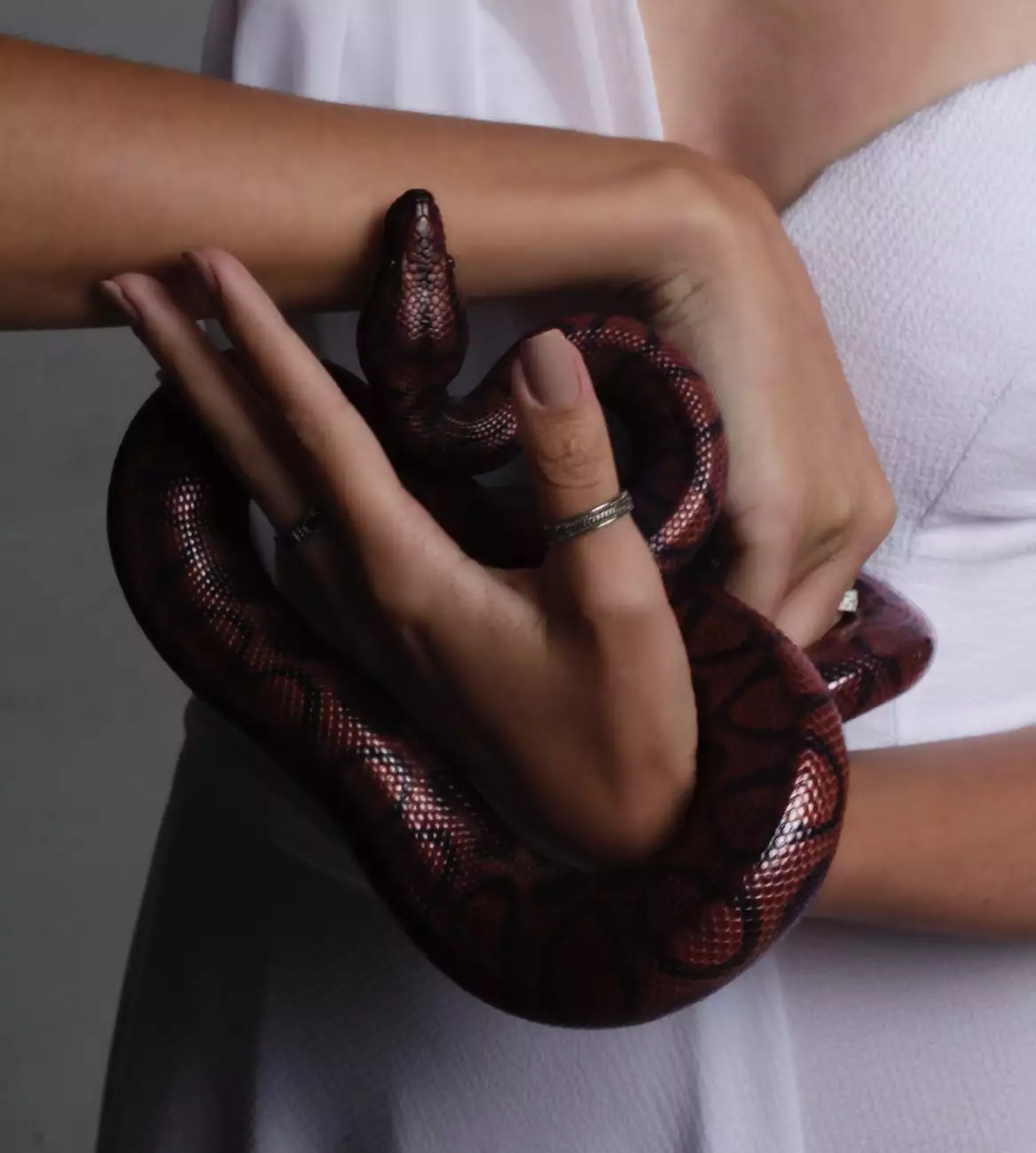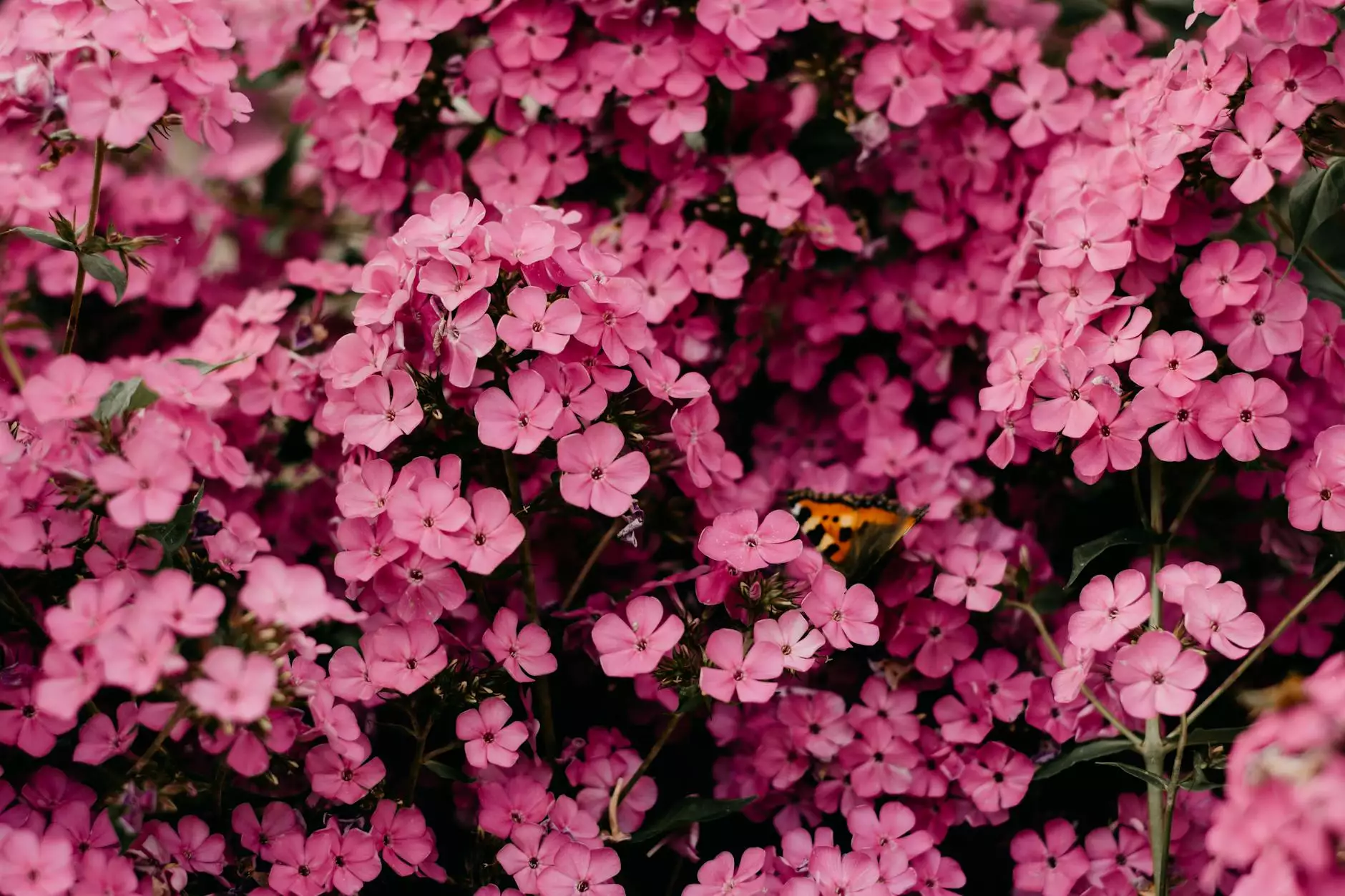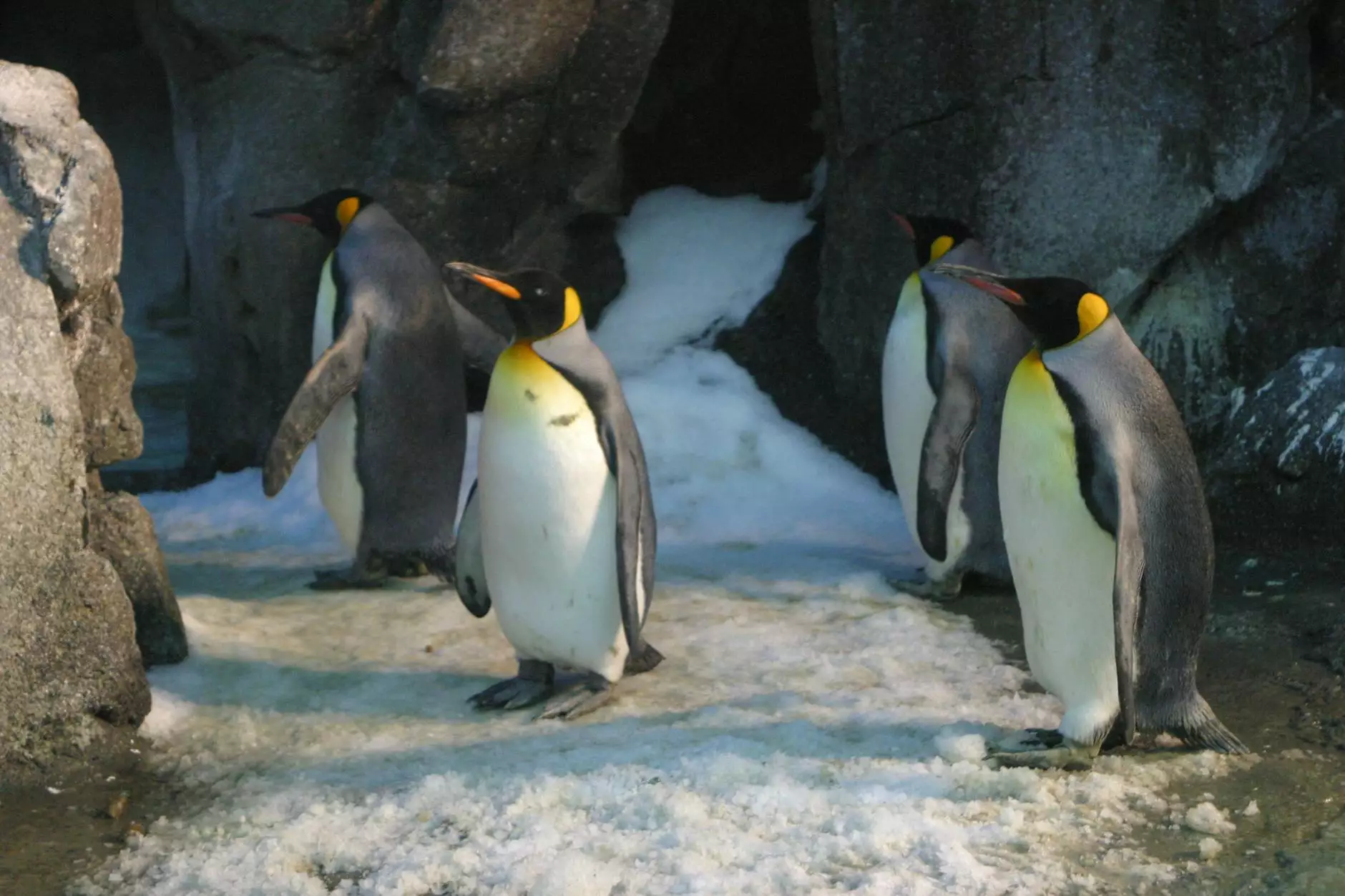Venomous Snakes of Florida - Wild Florida Blog

Introduction
Welcome to Aventuras Naturales, your ultimate guide to travel and tourism in Florida! In this blog post, we will explore the fascinating world of venomous snakes that call Florida their home. Whether you are an avid nature enthusiast or simply curious about the local wildlife, this comprehensive guide will provide you with essential knowledge about the venomous snakes you may encounter during your adventures in the wild.
Understanding Venomous Snakes
Before we delve into the specific venomous snake species found in Florida, let's take a moment to understand what makes a snake venomous. Unlike non-venomous snakes that rely on constriction or swallowing prey whole, venomous snakes possess specialized venom glands and fangs, which allow them to inject venom into their prey. This venom immobilizes or kills the prey, making it easier for the snake to feed.
The Importance of Snake Identification
Identifying venomous snakes is of utmost importance to ensure your safety and aid in conservation efforts. Florida is home to both venomous and non-venomous snake species, each with its distinct characteristics. By familiarizing yourself with these features, you can confidently differentiate between venomous and harmless snakes, taking precautionary measures when necessary.
Venomous Snake Species of Florida
1. Eastern Diamondback Rattlesnake (Crotalus adamanteus)
The Eastern Diamondback Rattlesnake is the largest venomous snake in Florida, with adults reaching lengths of up to 8 feet. Recognizable by its diamond-shaped patterns on the back and a rattle at the end of its tail, this species is typically found in pine flatwoods, sandhills, and coastal dunes. Although their venom is potent, Eastern Diamondback Rattlesnakes are usually non-aggressive and will only strike when provoked or threatened.
2. Florida Cottonmouth (Agkistrodon piscivorus)
The Florida Cottonmouth, also known as the Water Moccasin, is a venomous semi-aquatic snake found in marshes, swamps, and wetlands throughout Florida. It has a dark-colored body and a white mouth, which it displays as a warning when threatened. Though it possesses a potent venom, Florida Cottonmouths are generally docile and prefer to retreat when encountered by humans.
3. Eastern Coral Snake (Micrurus fulvius)
An elusive but highly venomous snake, the Eastern Coral Snake can be identified by its brightly colored bands of red, yellow, and black. Found in pine flatwoods, hardwood hammocks, and coastal scrub habitats, the Eastern Coral Snake is known for its reclusive nature and secretive behavior. While bites are rare due to their non-aggressive nature, it's crucial to exercise caution if you encounter one, as their venom can be potent.
4. Timber Rattlesnake (Crotalus horridus)
The Timber Rattlesnake is a venomous snake species found in North Florida's woodlands, swampy regions, and pine forests. It possesses distinctive dark crossbands on its body and a rattle at the end of its tail, which it uses as a warning signal. Although Timber Rattlesnakes are generally docile, they will defend themselves if threatened or cornered. Prompt medical attention is necessary in the rare event of a bite, as their venom can have severe effects.
5. Pygmy Rattlesnake (Sistrurus miliarius)
The Pygmy Rattlesnake, one of the smallest venomous snakes in Florida, typically measures around 1 to 2 feet in length. It is characterized by its gray or pale brown color and dark blotches on its body. Found in a variety of habitats, including sandhills, flatwoods, and coastal scrub, the Pygmy Rattlesnake often goes unnoticed due to its small size. However, it possesses venom that can cause local pain and tissue damage, making respectful distance the best approach.
Snake Safety and Conservation
Tips for Staying Safe
When exploring Florida's wilderness, it's essential to follow these safety guidelines to minimize snake encounters and ensure your well-being:
- Stay on designated trails and avoid tall grasses or dense vegetation where snakes may be hidden.
- Wear protective clothing, such as long pants and boots, to reduce the risk of snake bites.
- Never attempt to handle or approach a snake, regardless of its species.
- If you spot a snake, maintain a safe distance and allow it to move away naturally.
- Be cautious when stepping over logs, rocks, or other potential snake hiding spots.
The Importance of Snake Conservation
Snakes play a crucial role in maintaining the delicate balance of ecosystems. As predators, they help control populations of rodents and other small animals. Respect for wildlife and preserving their natural habitats is essential to ensure the continued existence of these valuable species. We encourage you to appreciate snakes from a distance and contribute to their conservation efforts through education and sustainable practices.
Conclusion
In conclusion, the diverse landscape of Florida provides a habitat for several venomous snake species. By familiarizing yourself with these snakes and following safety precautions, you can confidently explore the natural wonders Florida has to offer. Aventuras Naturales is committed to providing you with valuable information on Florida's wildlife, ensuring memorable and safe adventures in the Sunshine State. Stay informed, respect nature, and enjoy every moment of your journey into the wild!



